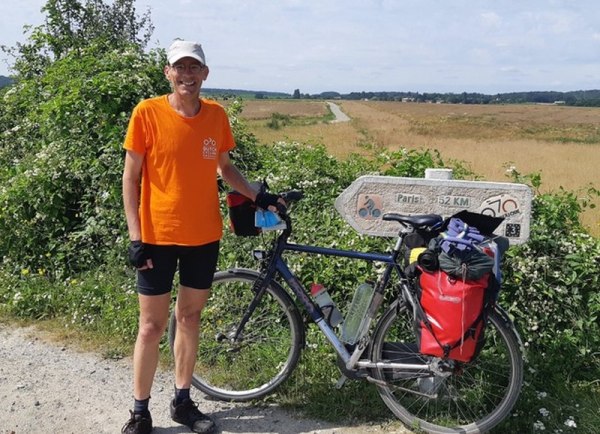|
Covid & cycling, part II
The slow search from the saddle of Herbert Tiemens
The ‘cycling effect’ of Covid; it’s almost a year ago since the subject came up at the IBTC. In no time at all the virus had spread all around, thereby boosting the use of bicycles in Europe. Many inhabitants abandoned public transport and cars and stepped on their bicycles to ride to work or to have a recreational bicycle ride.

This stimulated many European cities to bring forward several cycling infrastructure projects and complete them earlier than originally planned. Special cycle lanes, both permanent and temporary, were laid. Suddenly, cyclists were given plenty of room. The dream of cycling lobbyists had come true.
Planned projects
We are now one year on from then, and Covid still dominates an important part of civil society. What happened in the meantime with all of those (planned) projects for cyclists? Have the governments pushed ahead with the projects and made cyclists number 1? Are they rolling out cycle paths all over Europe?
Herbert Tiemens, senior policy advisor of the city of Utrecht, cycled to the world cycling conference Velo-city in Lisbon last summer. On route he visited various cities and regions and talked to local people about the transit to cycling as a mode of transport and recreation. Despite the boost to cycling, he discovered surprising differences between those cities and regions.
Follow his keynote at the IBTC 2022:
Wed. 19 January, 11.30-12.15
‘A slow search for rapid cycling change in European cities’
Herbert Tiemens
Please see the programme.

With about three lectures per day by professionals from all over Europe and about four Round Table Sessions per day, this third edition of the IBTC will once again be presenting a comprehensive programme of contents for everyone engaged in Bicycle Tourism on a professional basis.
|
|
